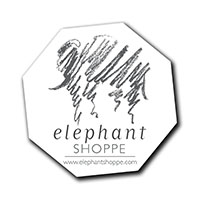Welcome >> This Is Langkawi Nature Park >> ZOOLOGICAL PARK

THE NATURAL FAUNA & ZOOLOGICAL COLLECTION
at Langkawi Nature Park
Zoological Features at Nature Park
Zoological park features took up the lion's share of the park's RM18 million development budget. The zoological section has since been deployed to house a small wildlife collection that was impacted by the Pandemic.
The Park features several sections including the Predator Castle and an Aviary. Several other sections (for example the chimpanzee and elephant exhibits have since been repurposed).
Wildlife Collection
Nevertheless, Langkawi Nature Park's zoological features are relatively" significant" as they have been designed to accommodate large mammals such as carnivores and greater bear species.
The Park currently houses a family of Jaguars, a pair of dingoes and several Spotted Hyenas amongst others. It is also home to an aging lion that is allowed to live out its years here.
The Park more recently added alpacas and pygmy goats for children to feed, courtesy of our partner zoological park Farm in the City.
Natural Fauna
As far as "featuring" local species is concerned, Langakwi Nature Park's lcation within a mangrove forest reserve has also made it "natural home" to a number of local--especially--bird species, including the white-bellied eagle, brahminy kite, lapwings and Oriental-pied hornbills which are often spotted flying overhead or feeding on cherry trees.
During lockdown, a number of lapwings have rehomed themselves within our greenery and these nesting areas have been retained, even if they make the Park appear less manicured than we would like it to be.
In the butterfly months of April and May, more than a dozen different varieties can be spotted at the Park, probably more.
Ocassionally, one may spot leaf monkeys passing through or macaques hoping to snatch food from unsuspecting visitors. Squirrels are often spotted here too.
In the mangrove areas, of course, one will encounter naturally-occuring sea creaturesvisiting our facilities including stone crabs and other mangrove creatures.
More to Come...
>>> Next Page: WHAT MAKES US A RECREATIONAL PARK
Revised January 5, 2024
>>> Top of Page



